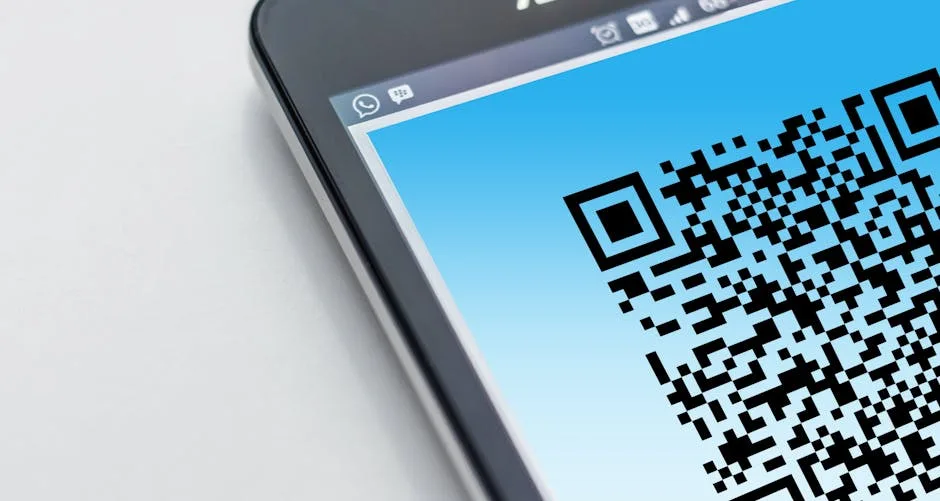
QR codes have become ubiquitous in modern life, appearing on everything from product packaging to payment terminals. Originally developed in 1994 by Masahiro Hara of Denso Wave, these two-dimensional barcodes were designed to track automotive parts more efficiently than traditional barcodes. Their adoption has since expanded far beyond the factory floor, becoming a critical component in mobile payments, contact tracing, and even gravestone memorials. This article examines the technical foundations of QR codes, their security risks, and their relevance to security professionals.
From Factory Floors to Global Standard
The QR code’s invention was driven by the need for a more efficient tracking system in Toyota’s manufacturing plants. Hara’s inspiration came from the board game Go, leading to the distinctive square grid pattern with position detection markers. These markers, arranged in a 1:1:3:1:1 ratio, allow the code to be read from any orientation, a significant improvement over traditional barcodes. Denso Wave released the technology as an open standard in 1994, which contributed to its widespread adoption. By 2000, QR codes had achieved ISO/IEC 18004 standardization, with the latest update published in 2024.
Technical specifications reveal why QR codes became so versatile. Version 40-L codes can store up to 7,089 numeric characters, while error correction levels (ranging from 7% to 30% redundancy) ensure readability even when partially damaged. The structure includes finder patterns for orientation, alignment patterns for distortion correction, and timing patterns for module synchronization. Micro QR variants (11×11 to 35×35 modules) were later developed for space-constrained applications.
Security Risks in QR Code Implementation
While QR codes offer convenience, they also present unique security challenges. Malicious actors have exploited them in phishing scams, such as the $6 premium text message fraud in Russia. Parking meter scams in Austin and Boston (2022) demonstrated how attackers could replace legitimate QR codes with malicious ones, redirecting payments to fraudulent accounts. Browser hijacking and unauthorized device access are other potential risks when scanning untrusted codes.
Denso Wave developed Secure QR (SQRC) as a proprietary solution, restricting data access to authorized parties. Modern smartphone operating systems now include native QR scanners that warn users about suspicious links. However, security professionals should remain vigilant about QR code-related threats, particularly in enterprise environments where they might be used for authentication or facility access.
Relevance to Security Professionals
For those responsible for organizational security, QR codes present both opportunities and risks. Their use in two-factor authentication and physical access control requires careful implementation to prevent abuse. Security teams should consider:
- Implementing QR code validation systems that verify authenticity before processing
- Educating employees about QR code phishing risks
- Monitoring for unauthorized QR code placement in physical spaces
- Considering SQRC or similar authenticated solutions for sensitive applications
The future of QR codes includes GS1’s Project Sunrise 2027, which aims to replace traditional barcodes in retail. Denso’s 2024 rectangular Micro QR prototype and AI-generated artistic QR codes represent ongoing innovation in the space. Security professionals should track these developments to understand emerging attack vectors.
QR codes have evolved from an industrial tracking tool to a global communication standard. Their convenience comes with security responsibilities that require attention from those tasked with protecting systems and data. As adoption continues to grow, understanding both their technical foundations and associated risks becomes increasingly important.





